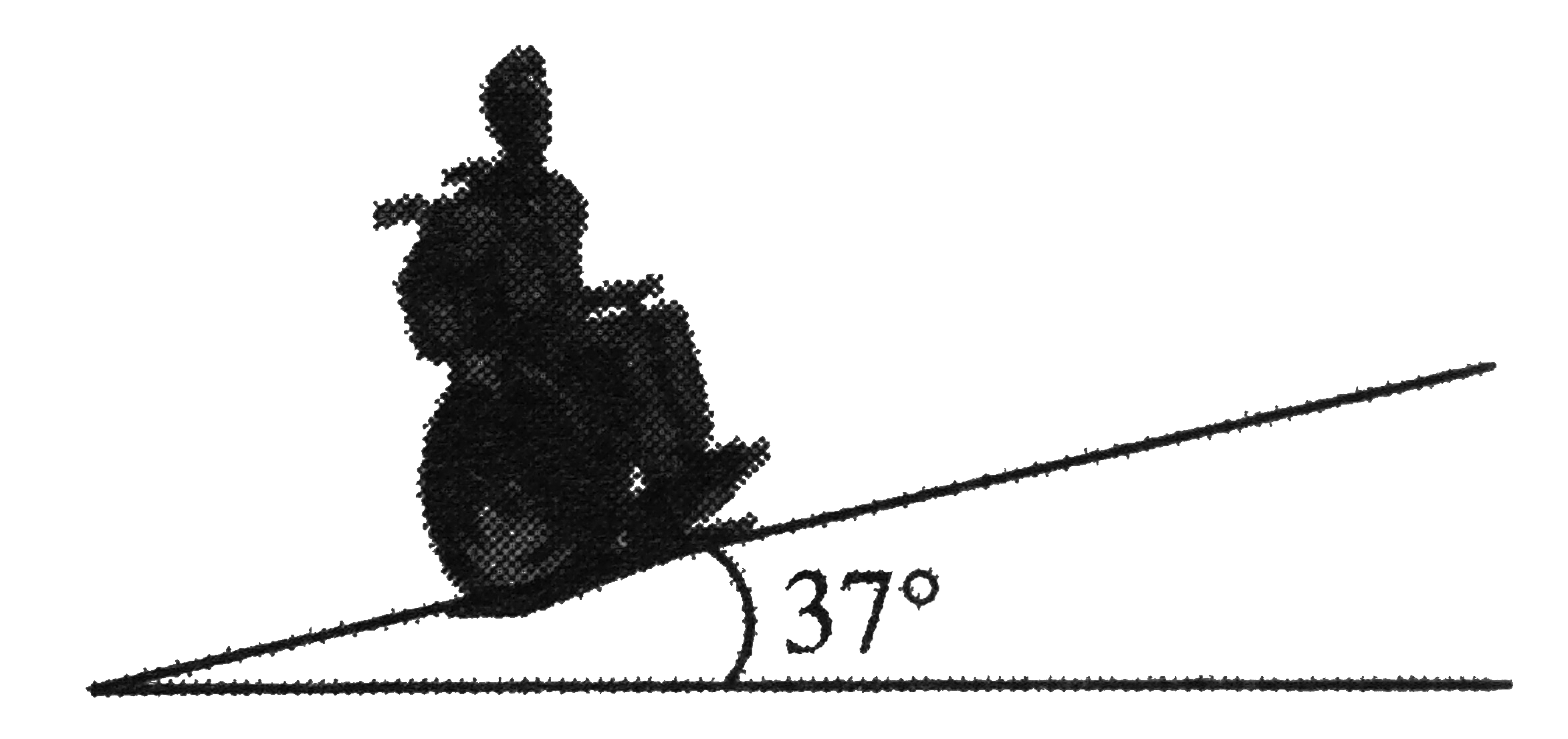The total dry weight accessible to heterotrophs in an ecosystem will from the :
Gross primary productivity
Net primary productivity
Secondary productivity
Tertiary productivity
The correct Answer is:B
To solve the question regarding the total dry weight accessible to heterotrophs in an ecosystem, we need to understand the different types of productivity in an ecosystem. Here’s a step-by-step breakdown:
Step 1: Understand the Concept of Productivity
- Productivity refers to the rate at which biomass is produced in an ecosystem. It is crucial to differentiate between different types of productivity: Gross Primary Productivity (GPP) and Net Primary Productivity (NPP).
Hint: Remember that productivity is about biomass production, and there are different types based on how much is available for consumption.
Step 2: Define Gross Primary Productivity (GPP)
- Gross Primary Productivity (GPP) is the total amount of organic matter produced by photosynthesis in a given area over a specific time period. It includes all the biomass produced by producers (like plants) before any is used for their own respiration.
Hint: GPP is the total biomass produced, but not all of it is available to other organisms.
Step 3: Define Net Primary Productivity (NPP)
- Net Primary Productivity (NPP) is the amount of biomass that remains after the producers have used some of the GPP for their own metabolic processes (respiration). NPP is essentially the total biomass available for consumption by heterotrophs (organisms that cannot produce their own food).
Hint: NPP is what is left for heterotrophs after producers have taken what they need.
Step 4: Identify the Role of Heterotrophs
- Heterotrophs are organisms that rely on consuming other organisms for their energy and nutrients. They cannot produce their own food and depend on the biomass produced by autotrophs (like plants).
Hint: Think of heterotrophs as consumers in the ecosystem that rely on the biomass produced by plants.
Step 5: Analyze the Options
- The question asks for the total dry weight accessible to heterotrophs.
- Option 1: Gross Primary Productivity - Incorrect, as this includes biomass used by producers.
- Option 2: Net Primary Productivity - Correct, as this represents the biomass available for heterotrophs.
- Option 3: Secondary Productivity - Incorrect, as it refers to the biomass produced by heterotrophs.
- Option 4: Tertiary Productivity - Incorrect, as this term is not standard in ecological productivity discussions.
Hint: Focus on what is available for consumption by heterotrophs when evaluating the options.
Conclusion
The total dry weight accessible to heterotrophs in an ecosystem is represented by Net Primary Productivity (NPP).
Final Answer: Option 2: Net Primary Productivity (NPP)
- Productivity refers to the rate at which biomass is produced in an ecosystem. It is crucial to differentiate between different types of productivity: Gross Primary Productivity (GPP) and Net Primary Productivity (NPP).
- Gross Primary Productivity (GPP) is the total amount of organic matter produced by photosynthesis in a given area over a specific time period. It includes all the biomass produced by producers (like plants) before any is used for their own respiration.
- Net Primary Productivity (NPP) is the amount of biomass that remains after the producers have used some of the GPP for their own metabolic processes (respiration). NPP is essentially the total biomass available for consumption by heterotrophs (organisms that cannot produce their own food).
- Heterotrophs are organisms that rely on consuming other organisms for their energy and nutrients. They cannot produce their own food and depend on the biomass produced by autotrophs (like plants).
- The question asks for the total dry weight accessible to heterotrophs.
- Option 1: Gross Primary Productivity - Incorrect, as this includes biomass used by producers.
- Option 2: Net Primary Productivity - Correct, as this represents the biomass available for heterotrophs.
- Option 3: Secondary Productivity - Incorrect, as it refers to the biomass produced by heterotrophs.
- Option 4: Tertiary Productivity - Incorrect, as this term is not standard in ecological productivity discussions.
The total dry weight accessible to heterotrophs in an ecosystem is represented by Net Primary Productivity (NPP).
Similar Questions
The total weight of a piece of wood is 6 kg in the floating state in water its 1/3 part remains inside the water on this floating solid what maximum weight is to be put such that the whole of the piece of wood is to be drowned in the water
View SolutionTransfer of material and energy from one ecosystem to other ecosystem to other ecosystem is best examplified by:
View SolutionDescribe the term weight. Explain how weight changes with distance from the Earth .
View SolutionThe total weight of 27 boxes of sweets is 2014 kg. If each box weighs the same, find the weight of each box.
View SolutionAn oxide of nitrogen has a molecular weight of 30. Total number of electrons in one molecule of the compound is
View SolutionA heterotroph is an organism that derives it's energy from
View SolutionA heterotroph is an organism that derives it's energy from
View SolutionAccording to Robert Contanza, what percentage of the total cost of various ecosystem services is used for nutrient recycling and recreation activity?
View SolutionTaking 1975 as the year, with an index number 100, calculate an index number for 1979, based on weighted average of price relatives derived from the table given below:

The weights are now change if so that the weight for A is 40 and C is 10 and the total weight is 100. If the value of the index no, in 1979 with the changed weight is 182, calculate the weights applied to B and D.
View SolutionA person in a wheelchair is moving up a ramp at constant speed.Their total weight is 900N. The ramp makes an angle of 37∘ with the horizontal. Calculate the component of its weight parallel and perpendicular to ramp.

View Solution
